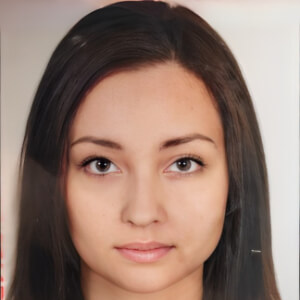Title : Initial SARS-CoV-2 infection in a group of individuals with their social behavior
Abstract:
COVID-19 type virus infection in a group of individuals results from the uptake by the lungs of these individuals of virions from the local atmosphere created by infected members of the group. The concentration of virions is determined by the social activity of group members and the stage of disease development in infected members. For example, in the case of panic, increased numbers of people near exits can significantly elevate the concentration of virus microparticles in the atmosphere and lead to infection of a significant number of group members. The presence of socially attractive areas or localized areas within a room that are dangerous to visit also contributes to the active spread of infections. It is important to be able to predict the dynamics of primary infection in order to evaluate different scenarios of disease development after evacuation of people from the danger zone.
Scientific objective: Creation of a simulation model that predicts the evolution of viral infection in the human body during the period of movement in a group taking into account social behavior and after leaving an area with polluted atmosphere. Estimation of the probability of serious disease progression after evacuation from a danger zone or natural degeneration of the virus in the organism depending on the level of initial immunity. Predicting health care need and vaccination efficacy based on disease stage.
Research methods: Mathematical cellular microbiological models of pathogen dynamics in the organism, a macromodel simulating the behavior of a group of individuals in different social conditions and a model of virus microparticle spreading in a turbulent atmosphere. The modified SARS-CoV-2 microbiologic model takes into account the level of baseline immunity and the flux of virions into the body from the local atmosphere. The modified cell model is validated against experimental data from the literature. The macromodel of the movement of a group of individuals uses modern methods of the theory of random processes and computer modeling technologies. The results of modeling the social dynamics of a group in an obstacle course room under different conditions are compared with empirical observations from the literature.
Research results: The results of simulation modeling and analysis of different infection scenarios of a group of individuals including infected and susceptible individuals to COVID-19 are presented. It has been established that the crucial factor, on which the dynamics of the disease after leaving the zone with polluted atmosphere depends, is the level of pathogen concentration in the organism at the moment of evacuation. If the concentration of pathogen in the body is less than the critical level, the virus in the body will degenerate after leaving the danger zone, if the concentration of pathogen is higher than the critical level, the disease will be passed in a severe form. The intensity of virus microparticle absorption by the lungs of an individual depends on the scenario of movement of individuals in a group under different conditions. For example, during a panic, an increased concentration of individuals near an exit from a room significantly enhances the probability of absorbing virions with concentrations above a critical value. The probability of active infection is also much higher if the room has socially attractive or dangerous areas for people to be in. A methodology has been developed to estimate the proportion of infected individuals who will have natural viral degeneration or severe disease. The results of simulation modeling of vaccine administration that reduces the probability of the virus microparticles damage to the target cells of the organism are presented.



